 James Monroe James Monroe As some of our readers of this blog know, I’ve been known to switch gears abruptly with these historical forays into those buried here in Mount Olivet. In this “Story in Stone,” I’m prepared to connect the dots between one of our country’s first presidents, a handful of his descendants and a very unique, first-generation immigrant laid to rest here in our fair “garden cemetery.” On this latter point, I can attest that we have immigrants galore buried here, but this particular individual really made an impression on me as I just “discovered” her here this past week after receiving a lead from my friend Theresa “Treta” Mathias Michel. Many are able to rattle off the names of our first three presidents in Washington, Adams and Jefferson—two having known relatives and/or “in-laws” here, and in one case, the other has a potential (and extremely interesting descendant) buried in Mount Olivet Cemetery. I haven’t made a direct connection to fourth president James Madison quite yet, but have documented a handful of descendants of James Monroe, our fifth president and veteran of the Revolutionary War. As for Mr. Monroe, many confuse him with James Madison because of the same first name and a last name starting with “M.” There’s also, of course, that Virginia connection. In fact, Monroe served as President Madison’s Secretary of War during the War of 1812, the conflict that helped Francis Scott Key’s resume exponentially. James Monroe left college in 1776 to participate in the American Revolution. In late December, 1776, Monroe crossed the Delaware River with Gen. George Washington and took part in a surprise attack on a Hessian encampment at the Battle of Trenton (New Jersey). Though the attack was successful, Monroe suffered a severed artery in the battle and nearly died. In the aftermath, Washington cited Monroe for his bravery, and promoted him to captain.  Elizabeth (Kortright) Monroe Elizabeth (Kortright) Monroe On February 16th, 1786, Monroe married a woman he had first met while serving in the Continental Congress, Elizabeth Kortright (1768–1830) of New York City. They moved to Virginia, eventually settling in Charlottesville in 1789, after buying an estate known as Ash Lawn–Highland. The Monroes had three children, the first of whom was Eliza Monroe Hay (1786-1840). In 1808, she married George Hay, a prominent Virginia attorney who had served as prosecutor in the trial of Aaron Burr and later as a US District judge. The second Monroe child, James Spence Monroe, was born in 1799 and died sixteen months later in 1800. The third product of this union was Maria Hester Monroe (1804–1850) and she is of particular interest to our story. Maria married her first-cousin, Samuel Laurence Gouverneur, on March 8th, 1820, in the East Room of the White House, the first president's child to marry here. Gouverneur served as a member of the New York State Legislature and also as a private secretary to his uncle/father-in-law President James Monroe who would serve two consecutive terms as president from March 4th, 1817 until March 4th, 1825. The Gouverneurs eventually moved from Washington, DC back to New York, specifically Manhattan. Together, Samuel and Maria were the parents of three children: James Monroe Gouverneur (1822–1885), a deaf-mute who died at the Spring Grove Asylum in Baltimore, Maryland; Elizabeth Kortright Gouverneur (1824–1868), who married three times (Dr. Henry Lee Heishell, James M. Bibby, and Colonel G. D. Sparrier); and Samuel Laurence Gouverneur, Jr. (1826–1880)—more on him in a moment. President Monroe’s wife (Elizabeth) died in 1830 at Monroe’s plantation called Oak Hill, located roughly nine miles south of Leesburg, VA near present-day Aldie. James Monroe would then head to New York and live with the Gouverneurs until his own death in 1831 a year later. Both Samuel L. Gouverneur, Sr. and Samuel, Jr. would move to Frederick County, where they lived out their lives and are buried here. On June 20th, 1850, Monroe’s daughter Maria Gouverneur died at the same Oak Hill estate where her mother had passed two decades earlier. In September, 1851, widower Samuel Gouverneur, Sr. married Mary Digges Lee (1810–1898), a granddaughter of former Maryland governor Thomas Sim Lee (1745–1819). They retired to the Lee estate called "Needwood Forrest", located just south of Burkittsville. Mr. Gouverneur died in 1865 and is buried in Petersville's St. Mark's Episcopal Cemetery President Monroe’s grandson, Samuel Jr., would eventually move to Frederick where he lived in a recognizable former estate west of town in the early 1860s. The property has operated as a modern-day apartment complex for nearly 40 years now. As for Mr. Gouverneur, Jr., he is buried here in Mount Olivet in Area G/Lot 118. Samuel Gouverneur, Jr. was born in New York City and eventually served as a Lieutenant in the 4th U.S. Artillery Regiment during the Mexican War and was present at the capture of Mexico City and the National Palace. In 1847, he was promoted to 1st Lieutenant for his bravery at the battles of Contreras and Churubusco. After the war, Gouverneur married Miss Marian Campbell of New York in 1855, and fathered three daughters. His first two children, Maud (b. 1857) and Ruth (b. 1858), were born in Washington, DC. Mr. Gouverneur soon became the first United States consul in Fuzhou (pronounced and once spelled as Foo Chow), China, during the administration of President Franklin Buchanan. While abroad, a third daughter, named Rose de Chine Gouverneur, was born in 1860. Her name would forever bear witness to her foreign birthplace. The family would be here until 1863, at which point Mr. Gouverneur requested a return to the US because the semi-tropical climate of Fuzhou did not agree with his health. He supposedly was in a weakened state as a result of time spent during the Mexican War. Mrs. Gouverneur and her daughters returned to the United States first, and Samuel came a few months later. Special care had to be taken because the American Civil War was in full tilt, and the family had to return on ships sailing under British flags so as not to be harassed by Confederate ships. The family would reside back in Washington, DC, but the story goes that the couple became particularly impressed with Frederick County while visiting Phillip F. Thomas, a friend of Mr. Gouverneur who lived about two miles west of Frederick City. This was late 1863, and the family soon took up residence at a plantation named Waverley, featuring a spacious Georgian manor house that had been constructed in 1776. Of course, you may know this structure now as the community center and namesake of the development known as “The Residences at the Manor,” located at the intersection of today’s Key Parkway and Willowdale Drive. The former outlying grounds to the west of the house comprise Waverley Gardens, developed in the 1970s. Marian Gouverneur published a book in 1911, and wrote of her time at “the Manor,” especially interesting during the Civil War. I found a clipping in the Frederick Post written by social column author Elsie Haines White (also a Mount Olivet resident) from February 7th, 1964 which adds a bit of color to the habitation of the Gouverneurs here at that time. I found Mrs. Gouverneur’s chapter on China very interesting as well in which she talks about the Chinese culture and, in addition, the opium and slave trades, religious missionary work and typhoons including one that destroyed a portion of the consulate. Here is a link to Marian Gouverneur’s book (entitled As I Remember) found on the Library of Congress’s website: https://www.loc.gov/resource/lhbcb.24385/?sp=1 As I said, of particular interest are chapters on the family’s time in China (pg. 314-338) and in Frederick (pg. 339-362). The Gouverneurs perhaps may have wished at times that they had stayed in China a little longer as Frederick was not the best place to be in 1864. That summer, Gen. Jubal Early and his rebels would ransom Frederick for $200,000, and the Battle of Monocacy would be fought just south of town and within earshot of the Gouverneur’s farm. Closer to home for the family and their Po-ne-sang plantation at this time (July, 1864), the Union Army camped nearby and made visits before retreating as the larger Confederate Army passed right by the Gouverneur’s place, with various visits from officers. The concern over looting and absconding with either farm servants or horses or both was a chief threat, and a documented skirmish was fought a short distance away near Linden Hills. The family made a hasty retreat to their basement after hiding said servants and horses in advance of the Confederate Army’s arrival in early July, leaving the plantation dependent upon the services of one, lone, Chinese maid. I had heard a bit about this family servant, but had no name. Mrs. Treta Michel said that there was an interesting story pertaining to this young woman brought back to the United States by the Gouverneur family. Mrs. Michel went on to tell me that she recalled someone telling her that this Chinese domestic was buried in Mount Olivet. This truly piqued my interest, but I had no name. I checked the Gouverneur family lot in Area G within our computer records, but she wasn’t there. To my amazement, luck was soon on my side, as I truly found this proverbial “needle in the haystack” while on a walk in the cemetery last week. In Area T, my eye miraculously caught a prominent gravestone with the name Sara Leleng on its face. The verbiage carved along with a death date of October 18th, 1917 said that the decedent was a native of Amoy, China. Once back in the office, I found census records with Miss Leleng living with the family. More on Sarah Leleng in a moment as I want to wrap up the Gouverneur family here in Frederick. After the war, a decision was made to simply use "Po-ne-sang” as a summer residence to escape the oppressive heat of Washington, DC. This lasted one year before the family decided to move into Frederick City because in Mrs. Gouverneur’s words: “He (her husband) knew nothing of farming, and I knew nothing of cooking.” She proclaimed her desire to live in a more civil and social setting for her talents, and was glad to have the assistance of her Chinese maid to assist with cooking and caring for her daughters. The society life better fit the Gouverneurs, and believe it or not, Frederick had a definitive social scene at that time. Apparently, the Gouverneur children attended the Frederick Female Seminary, site of Winchester Hall, today’s seat of county government. In 1870, Samuel Gouverneur, Jr. decided to publish his own newspaper, having been inspired by the presidential campaign of Horace Greeley, who would visit him here in town in October of 1871. Mr. Greeley had been invited to give the agricultural address at the annual Frederick Fair that year. The Maryland Herald newspaper had been started as an independent offering with the catchphrase: ”Independent in all things-neutral in nothing.” Gouverneur’s paper endorsed the Liberal Republican movement in 1872 and supported Mr. Greeley in his bid for the presidency. After Greeley’s defeat to incumbent President Ulysses S. Grant in 1872, Mr. Gouverneur ceased publishing his paper. The following year, the family returned to Washington, DC permanently, taking up residence on Corcoran Street near 14th Street. Mr. Gouverneur does not appear in the 1880 census as he died on April 5th, 1880 in Washington. His body would be brought to his former adopted home of Frederick, and laid to rest in Mount Olivet not far from soldiers lost during the late war. Mrs. Gouverneur played a role in Washington Society with her daughters. She also lived with Maud and Rose up through her death. The New York native and author would die on March 12th, 1914 and was brought back to Frederick to be buried next to her husband in Area G. Rose Gouverneur Hoes is worthy of a separate article which I have planned to write. She died on May 26th, 1933 and is buried here with her parents and her son, Roswell Randall Hoes, Jr. (1891-1901), who died in childhood. Maud Campbell Gouverneur never married and lived to the ripe old age of 90, passing on March 29th, 1947. The final daughter of Samuel and Marian Gouverneur, Ruth Monroe, married a local Frederick gentleman with deep roots here, Dr. Thomas Crawford Johnson (1856-1943). Dr. Johnson served as a physician to the School for the Deaf, the Home for the Aged and the All Saints’ Orphanage. The family lived at 111 Record Street, the former home of Dr. William Tyler. Ruth was a founding member of the Frederick Chapter, Daughters of the American Revolution in September, 1892. She died here in this house on February 28th, 1949. Of all these individuals, I am uniquely interested in the earlier mentioned Sarah Leleng, I told you about. Sarah was a domestic servant brought back to the United States by the Gouverneurs. Her name is somewhat of a mystery as she is referred to as Le Leng in the 1880 census and Sarah Gouverneur a decade earlier. I could not find her in the 1900 and 1910 census records, but I did find a laundress named Lee Leng in 1900 in Washington, however the record says this is a male. I wonder about this as the profession of laundress denotes a female and the date of birth seems reasonable at 1849? Regardless, I wish I had been able to find Sarah in the 1910 census, but she appears not to be living with any Gouverneur family members. As I said earlier, I found Sarah’s gravesite and date of death of October 18th, 1917. She is buried here in Area T/Lot 44. Our records confirmed that she was unmarried and passed at age 73, making her birthday around 1844 showing that some of the census records have her age incorrect, a common mistake of the time. Sarah Leleng died of carcinoma and our records show that she was working as a domestic at the time of death. Her gravesite was purchased by her estate at the time of death. Most interesting are the obituaries that appeared in the Washington and Frederick papers. Of special note, she is proclaimed as being the first Chinese woman to come to the US. Secondly, she had amassed a good fortune over her lifetime.  Rev. Osborn Ingle Rev. Osborn Ingle In her will, Sarah had made provisions to send most of her fortune back to her hometown in China in order to construct a mission chapel under the auspices of the Protestant Episcopal Church. Of greater connection to Frederick is the fact that Sarah wanted this to be done to honor former Frederick native James Addison Ingle. Rev. Ingle was a friend of the family, the son of the beloved Osborn Ingle (1837-1909), longtime minister of Frederick’s All Saints’ Protestant Episcopal Church. I wrote a piece a few years back chronicling the tragedy the reverend suffered as he would lose his wife and seven children between 1881-1883. His residence at the time was the All Saints Rectory located at 113 Record Street and next door to Dr. William Crawford Johnson and wife Ruth Gouverneur Johnson. The reverend would live here for more than four decades.
Sadly, Rev. Ingle died less than a year later on December 7th, 1903, and was buried in the Old International Cemetery in Hankow. This was the original foreign cemetery used by the cities of Hankow (west bank of Yangtze north of Hanshui River), Wuchang (east bank), and Hanyang (south of Hanshui River). The three cities were later merged and renamed Wuhan. The cemetery was removed in the early 20th century but the whereabouts of Rev. Ingle's remains are unknown. Rt. Rev. Logan Herbert Roots succeeded Ingle as bishop of Hankow. A memorial service was held in his honor at Emmanuel Church, Baltimore, during which Rev. Arthur M. Sherman mentioned Rev. Ingles' dedication to building a native church, and his efforts after the Boxer Rebellion. His Frederick, Maryland parish donated funds to establish a scholarship at the Boone Divinity School in China in his memory, which was mentioned at the All Saints’ Day services in both his parishes. Did Miss Sarah Leleng’s gift make possible a new chapel which stands today? Or did it go towards something at Boone College as did the contribution from All Saints' Church here in Frederick? I have searched quite a bit but can't find anything definitive. However, an Episcopal mission church was erected in Wuhan in 1918 and named St. Michael's. Could Miss Leleng's money gone toward this project? I found this reference online within a volume of reports pertaining to the Board of Missions. Whatever the case, I have another interesting piece of Mount Olivet trivia in the fact that we are the final resting place of the first Chinese woman to be admitted to the United States. I am also very confident in theorizing that she is also the first Asian-American buried in Frederick, definitively Mount Olivet. Who would have known— thanks for the tip Ms. Michel.
1 Comment
Well, it’s just one of those stories that you have to try figuring out by working backwards in time. The decedent is one, Frank Brunner Rhodes, buried in Mount Olivet’s Area H/Lot 217 on October 10th, 1941. I quickly learned that the funeral occurred nearly seven weeks after Mr. Rhodes death on August 22nd. At the time he was 75 years old, and living in Providence, Rhode Island, his home for a number of years. I still don’t understand the cause of delay for his burial here in Frederick months later, as I saw stated that funeral services were held in Rhode Island a few days after his death. Regardless, there was no sense of urgency to bury the body as I found Mr. Rhodes to be an early example of a cremains burial here at Mount Olivet. Frank’s obituary appeared in the local Frederick paper that August, and sheds light on a man who had quite a theatrical life as a successful star of vaudeville. Because I like to go the extra yard for educational purposes with this blog, namingly educating myself just as much as the reader, I wanted to understand better the calling that characterized Frank B. Rhodes’ life—that of vaudeville. Vaudeville is a theatrical genre of variety entertainment born in France at the end of the 19th century. A “vaudeville” was originally a comedy without psychological or moral intentions, based on a comical situation: a dramatic composition or light poetry, interspersed with songs or ballets. It became popular in the United States and Canada from the early 1880s until the early 1930s, but the idea of vaudeville's theatre changed radically from its French antecedent. In some ways analogous to music hall from Victorian Britain, a typical American vaudeville performance was made up of a series of separate, unrelated acts grouped together on a common bill. Types of acts have included popular and classical musicians, singers, dancers, comedians, trained animals, magicians, ventriloquists, strongmen, female and male impersonators, acrobats, clowns, illustrated songs, jugglers, one-act plays or scenes from plays, athletes, lecturing celebrities, minstrels, and movies. Called "the heart of American show business", vaudeville was one of the most popular types of entertainment in North America for several decades. Frank Brunner Rhodes was born January 17th, 1867, the son of Francis Thomas Rhodes (1835-1906) and Eliza Jane Mantz (1835-1913). Our subject is buried under a family monument that also marks the final resting place of his parents and sister Ada (1859-1938). I figured I’d include the obituaries of Frank’s parents as they shed some important light on his upbringing. So this is going to be one of those biographies which I am making from scratch, having found nothing substantial online or in history books. It’s funny, as it seems that Frank B. Rhodes’ life was extraordinary and we should know more considering the reality stars of today are heralded as “larger than life” by today’s media outlets. Mr. Rhodes frequently made the Frederick newspapers, so the following is a chronological compilation of his life doings in an effort to piece him together after 1880. Frank Brunner Rhodes Thanks to a few articles found in local newspapers, I gleaned a bit about our subject at the time of his 21st year. Frank and his father (referred to as “the Governor”) were noted musicians with the highly-acclaimed Frederick Cornet Band, and made a good showing in Martinsburg, WV in 1884. Frank also worked for his father at the family-run soda fountain and confectionary. Apparently, he had to come to the rescue of his brother who experienced an unfortunate accident in 1885. Frank was more than a gifted musician, apparently he possessed special talent as an actor. In 1886, he would leave home to work with a noted theatrical group based in the Philadelphia area. Frank B. Rhodes would travel with this group over the next few years, and I’ve enclosed a letter written home and printed in the local paper in which he describes (in great detail) a visit to a coal mine in Nanticoke, Pennsylvania. A year and a half earlier in December, 1885, 26 men perished as a flood occurred in this mine and all were killed by a deadly flow of quicksand. In 1890, a local newspaper referred to Frank B. Rhodes as “Frederick’s rising young comedian.” His involvement with the Frederick Cornet Band continued, as he served in capacity of Drum Major. The group, under his leadership, was heralded for their participation in the 1890 unveiling of a large memorial to Robert E. Lee in Richmond, the former capital of the Confederacy during the American Civil War. Rhodes would excel with a caricature of himself as “the lightning drum major of the world.” I found a picture on eBay through my research and this was a photograph of an award presented to Rhodes stating the fact that he was seen as the world’s top drum major. Just another example of how you can find almost anything on eBay I guess. While conducting random Google searches online, I also stumbled across an unidentified photo of a vaudeville performer of this era, and wonder if it could possibly be our subject? Frank was hired to participate in vaudeville and minstrel shows that traveled the country, most notably W. S. Cleveland’s Consolidated Minstrels, and Joseph Gorton’s Minstrels. He would spend 1891 and 1892 on the road with a stage production called “Uncle Hiram,” in which audiences delighted in seeing him perform his drum major shtick. Frank B. Rhodes came back to his hometown as an entertainment star. It seemed that celebrity hadn’t changed him that much as he could be found doing his own stunts as evidenced by his killing of a rattlesnake on a local excursion to nearby White Rock, north of town. Frank was still being recruited for work by theatrical groups around the country, however he seems to have settled into life in his hometown. He married a local girl and actress, Ida Wilmoth Adams, in 1893. She was the granddaughter of former Frederick mayor Lewis Brunner who served from 1890-1892. This fact may have played a hand in Frank gaining local employment at the Frederick Opera House. His knowledge of show business likely landed him the job of theater manager of the City Opera House. Known today as Brewers Alley Restaurant, the Opera House shared its commodious quarters with Frederick’s Market House and Town Hall, both located on the first floor. The current edifice was built in 1873 and was quite impressive as a premiere show venue. The second floor included a large auditorium that would one day accommodate 1,100 seats. In 1900, under the leadership of Mr. Rhodes, the building was renovated to include an auditorium on its first floor with balconies. Its stage presented shows by touring companies and local theater groups, symphonies and dances, and lectures and special services. Mr. Rhodes deserves a great deal of this credit and was responsible for bringing top national acts and performers to Frederick throughout the next two decades. In 1895, Frank helped create Frederick’s Orchestra, managed a large Flower Show, brought a premiere touring show of Romeo and Juliet, and helped establish local, home-grown theater. As a matter of fact, in that same year, he helped stage a local production of “Princess Phosa” that would raise money for the Francis Scott Key Monument Association attempting to garner funds for a memorial to be placed at Mount Olivet Cemetery. A local theater group was another creation of Mr. Rhodes and given the name, “The Merrymakers.”  Frederick News (March 18, 1899) Frederick News (March 18, 1899) In the 1900 census, Frank Rhodes is listed as a renter in the Market Space, which made for a very short commute to the Opera House located next door. He and Ida were parents to two children, Frank Jr. (b. 1894) and Winifred (b. 1898). Frank seems to have done a lot of work “behind the scenes” when it came to the theater world. This is as much a figurative statement as it is literal, because Frank B. Rhodes had a strong reputation for being one of the country’s best scenery creators. Many articles herald his work which was in demand by theater companies and venues throughout the country. Articles regularly announced his sojourns to other cities to consult and install stage backdrops. In 1903-1904, Frank took a show on the road, entitled “Uncle Hez.” He actually purchased a custom train car in which to transport his production staff to cities around the country. He also was given the job to create a top-notch entertainment venue at the Frederick Agricultural Fairgrounds. Once back home in Frederick, he devoted more time to serving as lessee of the Frederick Opera House, while also running his own restaurant on West 2nd Street called the Wedgewood Café. This eatery was opened in early 1907 and heralded as “the little restaurant that sets the pace,” and was located at the former site of his father’s soda fountain. In a few years’ time, Frank would convert the café into the larger Wedgewood Inn, a hotel. Unfortunately, the venture, although very popular with the citizenry, would close in early 1909 and became home to a green grocer under Mr. C. M. Dixon. Frank and Ida Rhodes continued with Vaudeville engagements. They are found living at #3 West Second Street in the 1910 census, however their time in Frederick was coming to an end. They would move to New York shortly thereafter. Frank’s heralded return to Frederick was highly anticipated as he would not come in person, but instead by way of a film reel. Frederick’s vaudevillian would appear in a movie entitled “Oh the Relations” which played at the Marvel Theater in summer 1912. Made by Solax Studios of New Jersey, I found a synopsis online of this film: “The son of a poor widow leaves his mother, and goes out into the "world" to "make his mark." The boy succeeds rapidly. Before long he marries into a family of wealth. The boy in the meanwhile forgets all about the narrow straits in which he has left his mother. He also forgets that she needs money regularly with which to live. Only periodically does he send her a measly $5. To his new friends and his wife he poses as an orphan without friends or relations. His mother suffers keenly her son's neglect. At last, when her son had neglected to send her a remittance for a good many months, the mother decides to go to the city and look him up. Worn out with privation and hunger this poor widow reaches the city. Having no place to go, she wends her way to a house of God. Here she sinks into a faint, while the services are in progress. A wealthy woman and her little daughter have compassion on the poor woman. Answering the pleadings of her little girl and her own humane instincts, she orders that the widow be taken to her home. The wealthy woman's husband turns out to be the widow's son. Fate brought together mother and son. The son, seeing his mother's condition, soon realizes how snobbish, how undutiable and how mean he has been. And while with bowed head and shamed face he asks her forgiveness, his wife and child clasp their new-found relation to their hearts. The mother forgives her erring son and takes him to her heaving breast.” The more fascinating aspect of this experience for Frank B. Rhodes is that he actually worked for the first woman to direct films. Solax Studios was an American motion picture studio founded in 1910 by executives from the Gaumont Film Company of France. Alice Guy-Blaché, her husband Herbert, and a third partner, George A. Magie established the Solax Company. Alice Guy-Blaché was artistic director and the director for many of its films, while her husband Herbert Blaché managed production for the new company. They built the first studio in Flushing, New York but, as Solax prospered they invested more than $100,000 in a modern production plant in 1912 in Fort Lee, New Jersey, a place that was quickly becoming the film capital of America and home to many major film studios. Although Frank B. Rhodes’ movie career was not stellar, he was proactive in entering the new entertainment medium that was slowly killing vaudeville and stage productions. More vaudeville performers were pulled into cinema, and the line between live and recorded performance became blurred in the eyes of the masses. By 1914, Frank and family were living in Huntington, WV. Apparently they were making ends meet as a traveling team calling themselves “the Four Palettes.” The Rhodes appear back in New York, living in the city and what is today known as the Chelsea neighborhood. An article in the Frederick newspaper in 1916, claims that the family were recent victims of a robbery. Frank B. Rhodes and family would soon be out of the city, and living in East Greenwich, Rhode Island. A local newspaper article claims the Rhodes moved to Kentucky in 1923, but they would be back in Rhode Island by 1925. It seems that Frank Rhodes would settle into retirement in the vicinity of Cranston, a suburb of Providence, Rhode Island. Information from here on out on Frank is scarce. The Rhodes can be found living with their daughter and family in the 1940 US Census. Frank, Jr. lived in the area and was a lieutenant colonel and commander of Fort Wetherill, a coast artillery fortress, at this time. Frank B. Rhodes took his final curtain call in August of 1941. A few months later, the country would be at war with Japan. Frank Jr. died in 1950 and Winifred in 1959. Ida Rhodes lived out her life in Duval, Florida, dying in 1965.
What a storied career for Frank T. Rhodes. Much like Robert Downing, another theatrical legend found buried roughly 100 yards away, we’d never know about these past lives lived if we didn’t look into them deeper. Cemeteries are special places and incredible theaters unto themselves, keepers of actors of all sorts whose “Stories in Stone" just need a stage to bring back their memory.  Not knowing what story to embark on for this week, I turned to the internet for guidance. Although I have tens of thousands of subjects at my ready disposal, I searched to see what “national day holiday” it happened to be. You know what I’m talking about here, as it seems there is a day for everything: National Garlic Day, National Bike to Work Day, National Bathtub Racing Day, National Milk Day, and even one that hits so close to home, National Anthem Day on March 3rd. (If you’re curious to learn more check out the website: https://nationaldaycalendar.com/ ). Well, on the particular day I performed this task, March 1st, I was surprised to learn that it was National Pig Day. When it comes to pigs, Mount Olivet has a bit of history along these lines. First off, William T. Duvall (1813-1886), Mount Olivet’s first superintendent, actually raised hogs in a pen on the premises. I also stumbled across a few old prominent Frederick families having names that could be stretched to relate to swine terms, but certainly that is where these connections end. Mount Olivet has three graves associated with the Pigman family who were originally buried in the All Saints’ Church burying ground (once located downtown off E. All Saints Street). Meanwhile, the cemetery boasts ten members of a family having the last name of Hogg. Last year, I even wrote about a few members of the Bacon family interred here. Well, when I started thinking about pigs on the property, I wondered about their role here, but found it was nothing more than a notch in the food chain, especially prevalent in the annals of breakfast side items ranging from bacon to sausage to scrapple. My family is originally from Delaware, so I prefer to use the term scrapple instead of the Pennsylvania Dutch names of Pannhaas, Pon haus, Krepples or “pan rabbit.” My Dad always took great pride in pointing out the RAPA Scrapple plant on trips to and from the beach (via DE 404) when I was a kid, as it is located (and still operating) in Bridgeville, Delaware— and since 1926. An additional tip if traveling through this Sussex County crossroads, the town’s slogan is “Bridgeville, Delaware: If you lived here, you’d be home now.” Let’s just call that food for thought. My brothers and I always delighted in asking my Dad what actually went into making scrapple (as in, what part of the pig)? His patented answer: “Everything but the squeal.” For those not familiar with this delicacy, it’s considered a mush, and when I looked to find the true ingredients to relay here for you, I became slightly lightheaded. Like they say, “Some things are better left unsaid.” Hey, I read Upton Sinclair’s The Jungle back in high school, and decided that the meat processing business was not a career for me. However, I am so thankful that others have pursued it, typified by the time-honored profession of butcher. One such here in Frederick's past was George Washington Abrecht, who is buried in Area G/Lot 212) Here in Frederick, we have had many talented butchers since our town’s founding in 1745. I’m sure we’ve also had some average, and not so talented meat cutters as well. Many of these folks are buried here in our cemetery. So, in honor of National Pig Day, I’d like to dedicate this story to one of this profession who rests in peace, not pig, in Area U/Lot 10. His name was Harry Diehl Baumgardner, Sr. and he possessed great talents in readying meat for public consumption, both locally and regionally. After gaining a reputation as one of the leading butchers of Frederick City, Mr. Baumgardner is credited for his business acumen in helping Frederick gain its first large “abattoir.” In case you haven’t heard this term before, it sounds delightfully exotic and appealing, right? Well, that is until you find out that this word, derived from French, is another moniker for "slaughterhouse," and first used around 1809. I certainly wasn't going to title this article, “The Slaughterhouse’s Founder” as I would have scared half of you away! Harry Diehl Baumgardner Harry Diehl Baumgardner was born in Frederick on August 31st, 1868, the son of John F., and Fannie E. (Sinn) Baumgardner, of Frederick. His father came with his parents from Germany, arriving in Frederick in 1843. John Baumgardner was a self-made man, who served as a role model to Harry and his six siblings. He demonstrated how hard work and perseverance could lead to great things in his adopted new home of Frederick. This gentleman became one of the county’s most prominent citizens, operating a highly-successful junk operation in town, and later serving as superintendent and general manager of the Frederick Brick Works, a business he helped organize and incorporate in 1891. You will see that “the (proverbial) apple, didn’t fall far from the tree. I regularly reference T.J.C. William’s History of Frederick County in this Stories in Stone blog series. Originally published in 1910, this is a two-volume set, the latter of which includes biographies of hundreds of county residents. On page 1492, the reader will learn the following about our subject Harry Diehl Baumgardner: Mr. Baumgardner secured his elementary education in the Frederick College. He finished his studies at Eaton & Burnett’s Business College of Baltimore, Md. Upon the completion of his education, he returned to Frederick and became general manger of the junk business of his father, who is the largest dealer of this kind in Western Maryland. Mr. Baumgardner, by his excellent conduct, has aided much in the success of the undertaking. Since 1888, he has been engaged in the wholesale and retail oyster business as a side line, and has acquired a large trade. In 1905, he embarked in the butchering business. He purchased a house and shop between Fifth and Sixth streets from his uncle. At a cost of $4,000, he erected an up-to-date and modern slaughter shop, which is the finest place of its kind in Frederick. His meat market is located on North Market Street and he has also met with success in this line of trade. Mr. Baumgardner is a progressive man and has been one of the foremost workers to organize a stock company to erect an abattoir on a site about a half mile east of Frederick. Here, all the butchers of Frederick would have their stock killed and the slaughtering would be done outside the town limits. Mr. Baumgardner is as versatile as he is successful in business affairs. He also deals in real estate and his operations have brought him substantial returns. He is the owner of several fine houses in Frederick. In politics, Mr. Baumgardner votes for the candidates of the Democratic party. He is a member of Mountain City Lodge, No. 29, Knights of Pythias, and the Improved Order of Red Man, both of Frederick. He is affiliated with the Evangelical Lutheran Church of Frederick. Mr. Baumgardner was married to Margaret L. Whisner, daughter of Michael and Margaret Whisner, of Frederick City. Six children have been born of this union, namely: Ralph A., Fannie E., Harry D. Jr., Margaret L., Carlton A., and Catherine E. Harry Diehl Baumgardner would have three additional daughters: Edith V., Lucille D., and Daisy Mae. He lost his wife in 1927 but still remained active in community business and civic affairs until his death on November 20th, 1944. Harry Diehl Baumgardner was buried in Mount Olivet’s Area U/Lot 10, adjacent to the Babyland section, and next to wife, Margaret who had died back in 1927. Son Harry Diehl Baumgardner, Jr. (1898-1976) can also be found buried in this lot. For many years he served as manager of the Sanitary Grocery Company's store located at 242 N. Market Street. Back to the crowning achievement of Mr. Baumgardner. The Frederick Abattoir joined the agricultural industries of Frederick in 1910. Touted as a centralized facility for stock butchering, the large complex was constructed outside the city limits, segregating its odorous and potentially unhealthful business from the commercial and residential city center. The location once stood within the 800 block of East South Street between intersections with Franklin Street and today’s Monocacy Boulevard. A Maryland Historical Trust survey found online for this property (F-3-222 Frederick City Abbatoir Company) added that Baumgardner's plan for the abattoir appears to have begun in 1907 with his purchase of a 22-acre site on East South Street from the M.J. Grove Lime Company. In December 1910, Baumgardner sold the property to the Frederick City Abattoir Company for $5,000, indicating the facility may have been under construction.  In 1917, the property was sold to a Virginia corporation known as the Old Dutch Market, which owned a chain of grocery stores in Washington DC and Richmond. Included in the sale of 22 acres was the "Abattoir plant, machinery, fittings and equipment thereon," as well as "all its brands, copy rights and trademarks, and all its rights to use the same, of and concerning all the brands and grades of goods manufactured or sold by it." The Old Dutch Market company became the Old Dutch Realty Development Company in 1920, and apparently developed their industrial property in Frederick. In 1927, the property was sold to Frederick County Products Incorporated for a whopping $72,500.90. The Frederick County Products Company apparently purchased livestock from local farmers, then slaughtered and packaged their product for sale in urban markets. Many Frederick memorabilia collectors around town, including myself, own packaging from the signature “Blue Ridge” trademarked brand produced by the company. The business continued operating into the 1970s, and was commonly known as the livestock auction. In 1979 the property was sold to P. Eugene and Mildred Romsburg, who owned it for 20 years. Most recently the buildings, and approximately three acres, were sold to Wolfe Family LLLP, who operated a Flea Market in the building and leased other sections to local companies. The structure at 809 East South St was demolished a few years back. It's likely that many readers drove by it regularly, never having a clue to it's meaty history. Now you know the rest of the story. I figured I'd end with a few porcine-related quotes: "Well-being and happiness never appeared to me as an absolute aim. I am even inclined to compare such moral aims to the ambitions of the pig." -Albert Einstein "A pig resembles a saint in that he is more honored after death than during his lifetime." -Irma S. Rombauer "Today's pig is tomorrow's bacon!" Hunter S. Thompson Special thanks to my talented assistant Sylvia Sears for bringing this story to my attention and conducting research to boot! Below is an additional newspaper article describing the building of the Frederick City Abattoir. Warning, read at your own risk as it is a tad bit graphic, and certainly not for the squeamish.
|
STORIES
|
Archives
July 2024
June 2024
May 2024
April 2024
March 2024
February 2024
January 2024
December 2023
November 2023
September 2023
August 2023
July 2023
June 2023
May 2023
April 2023
March 2023
February 2023
January 2023
December 2022
November 2022
October 2022
September 2022
August 2022
July 2022
June 2022
May 2022
April 2022
March 2022
February 2022
January 2022
December 2021
November 2021
October 2021
September 2021
August 2021
July 2021
June 2021
May 2021
April 2021
March 2021
February 2021
January 2021
December 2020
November 2020
October 2020
September 2020
August 2020
July 2020
June 2020
May 2020
April 2020
March 2020
February 2020
January 2020
December 2019
November 2019
October 2019
September 2019
August 2019
July 2019
June 2019
May 2019
April 2019
March 2019
February 2019
January 2019
December 2018
November 2018
October 2018
September 2018
August 2018
July 2018
June 2018
May 2018
April 2018
March 2018
February 2018
January 2018
December 2017
November 2017
October 2017
September 2017
August 2017
July 2017
June 2017
May 2017
April 2017
March 2017
February 2017
January 2017
December 2016
November 2016



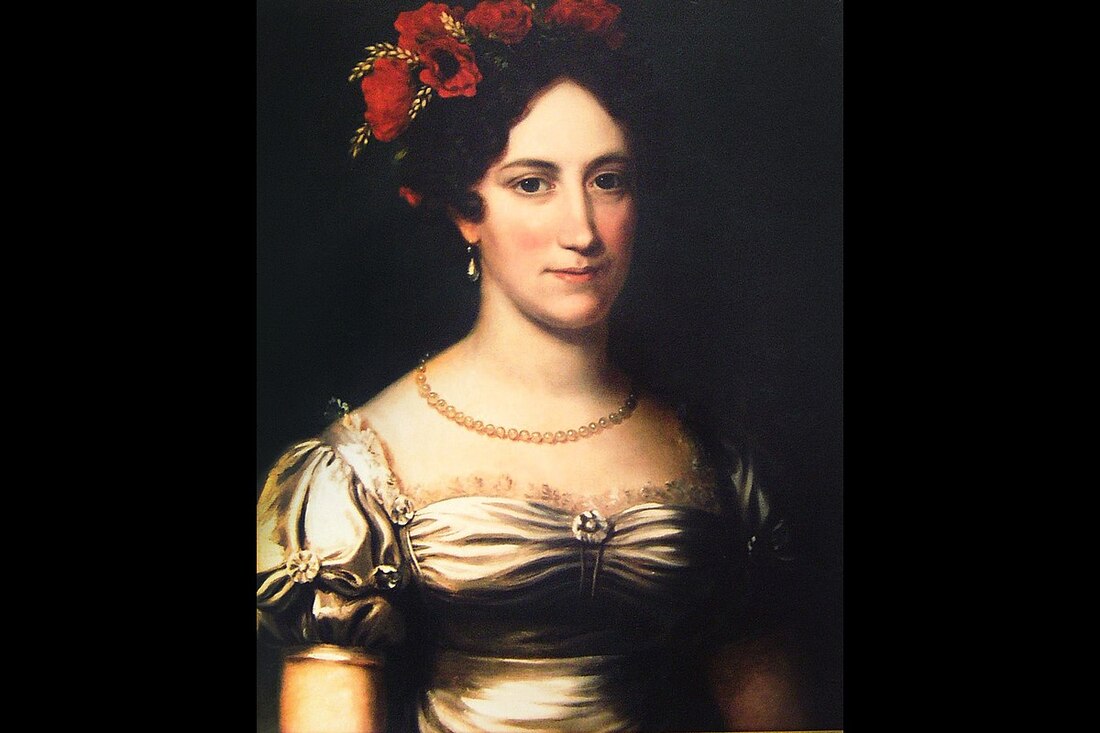











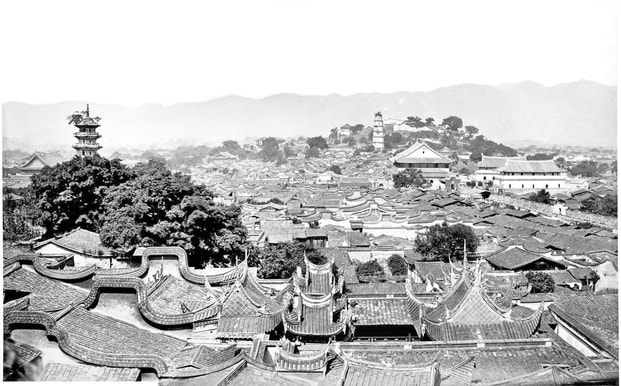




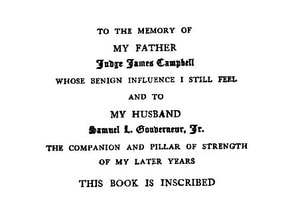













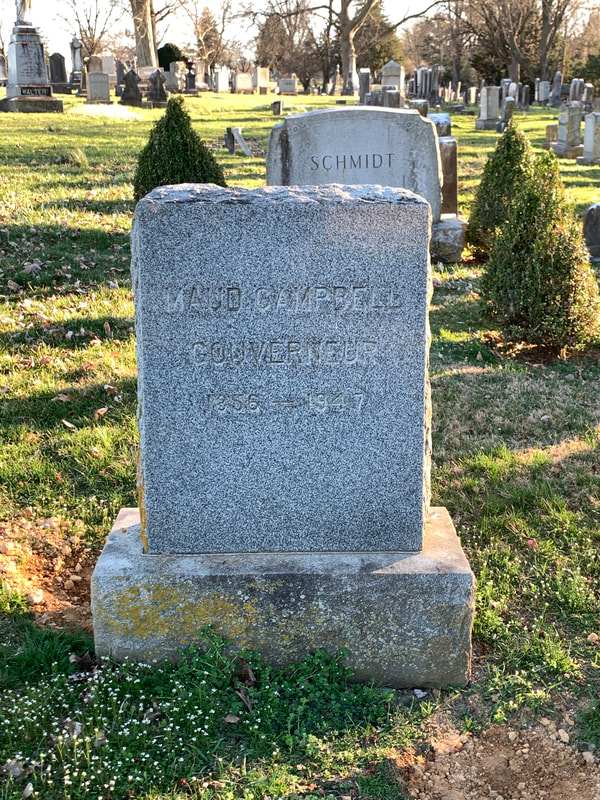







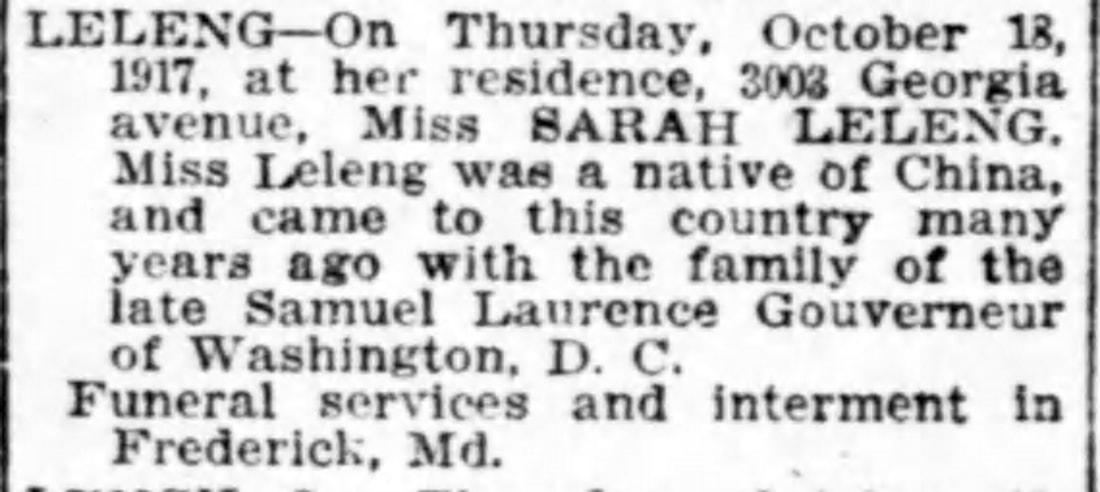



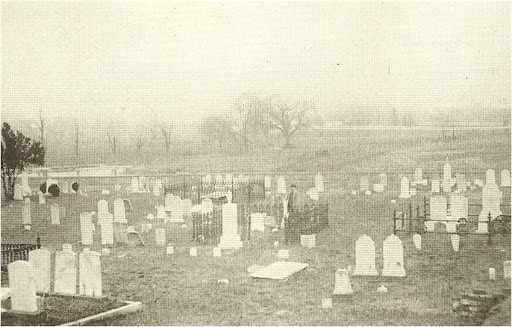


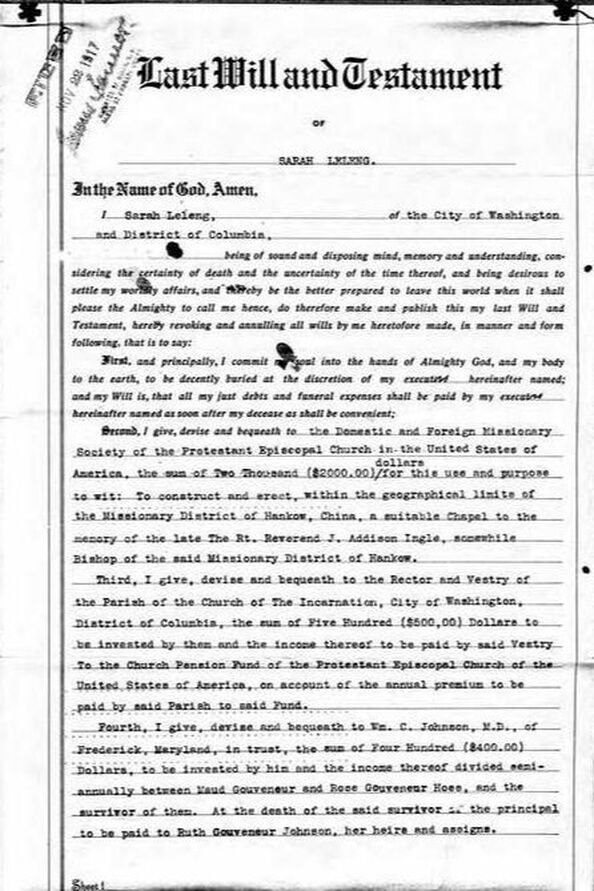





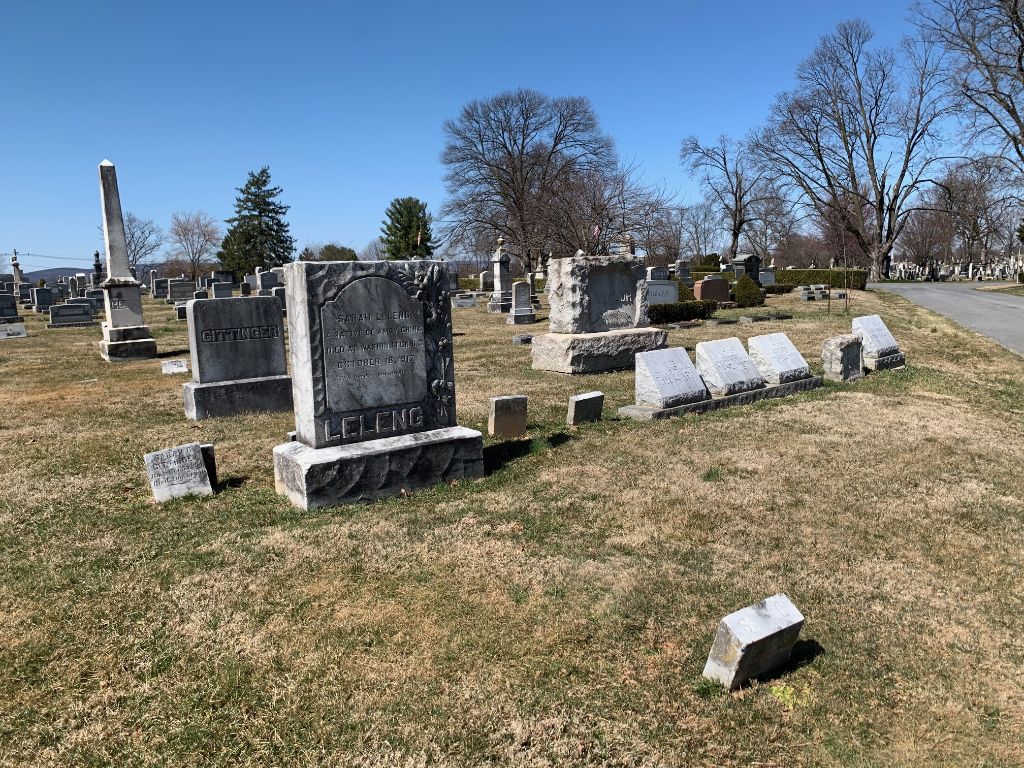


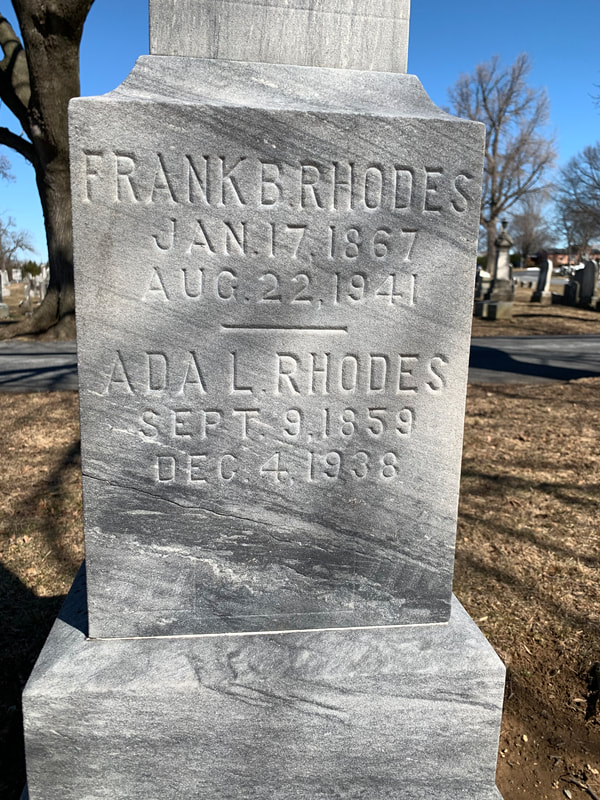












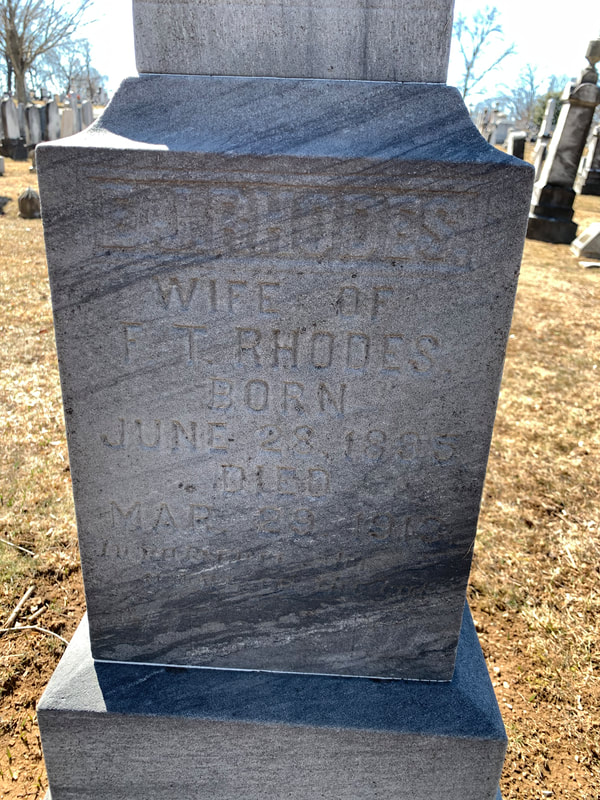


















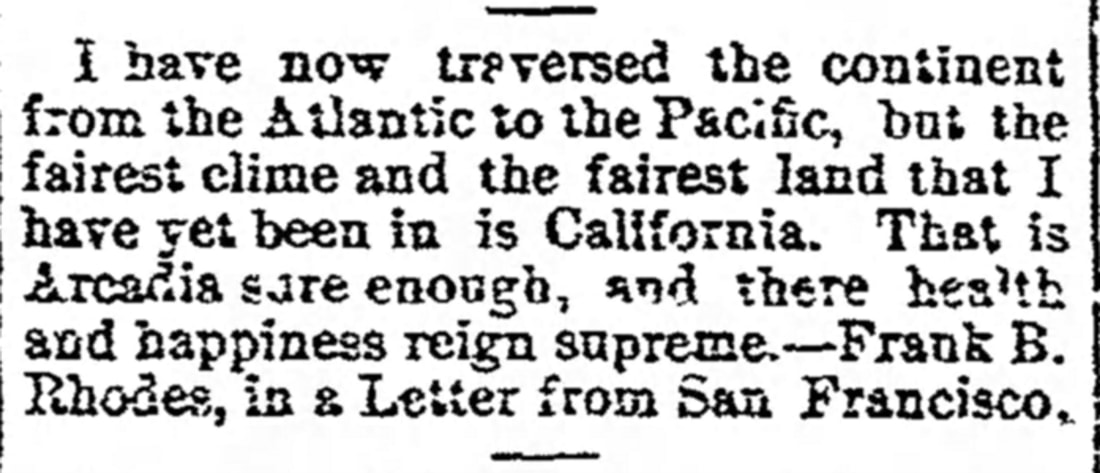
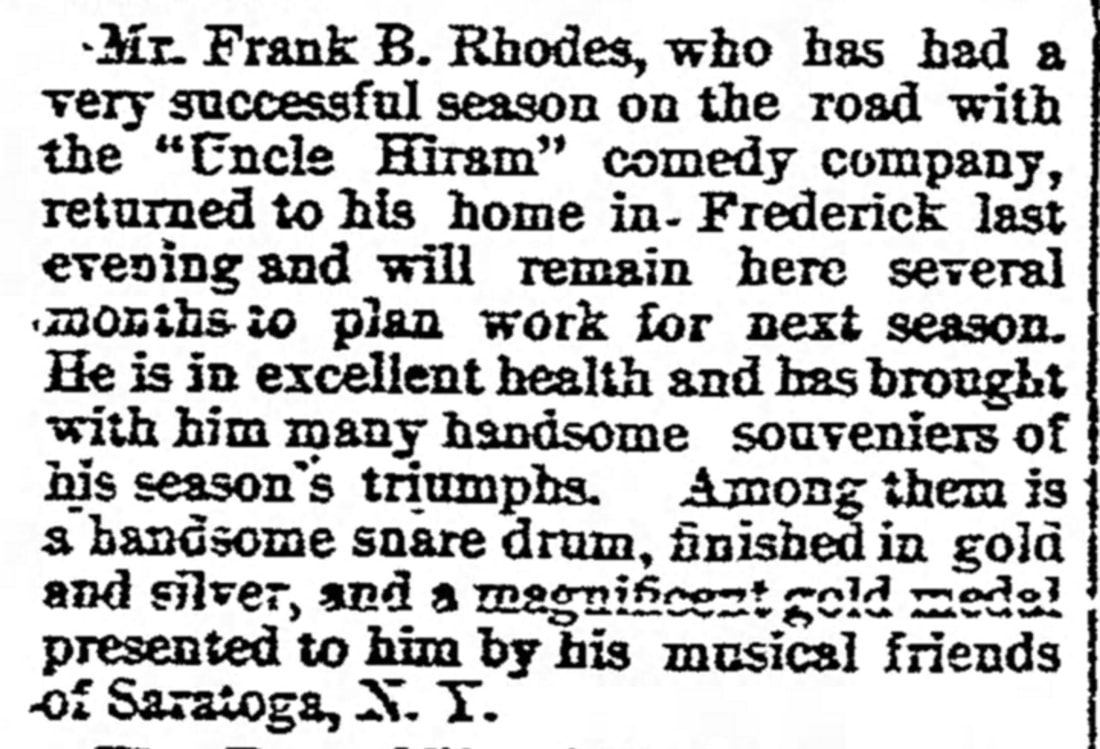










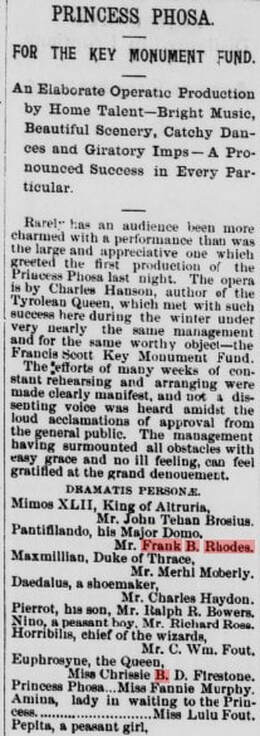

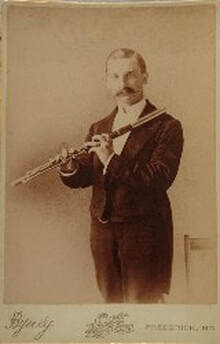




















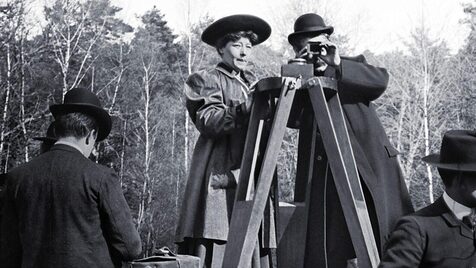





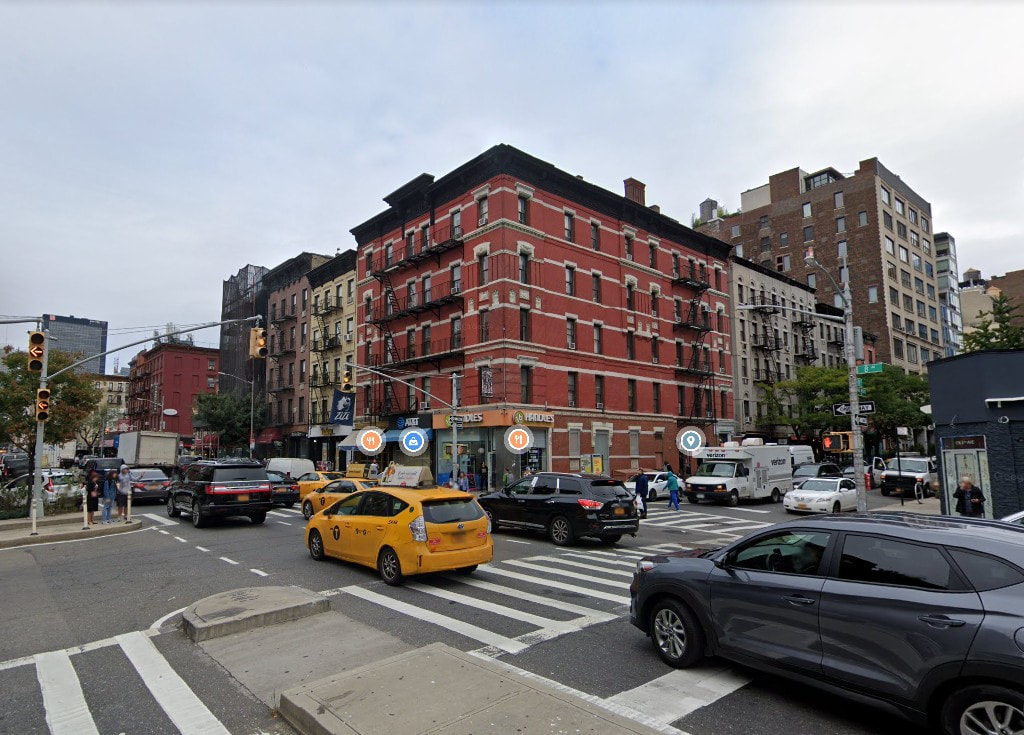








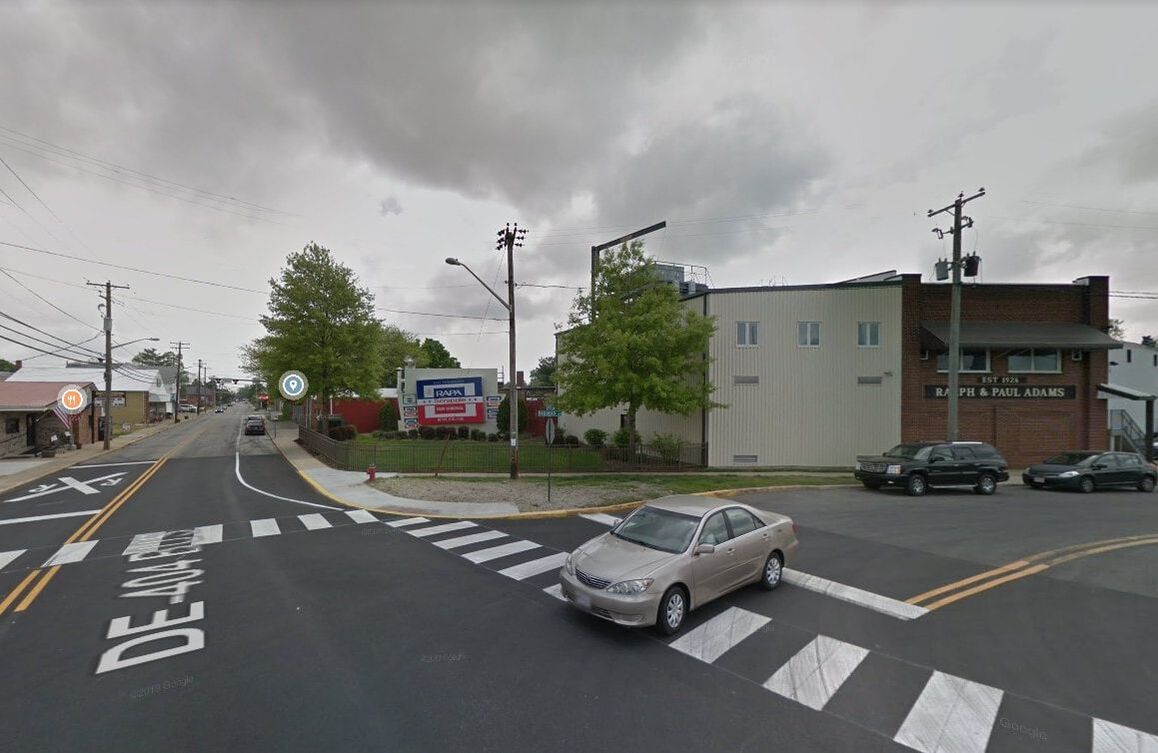





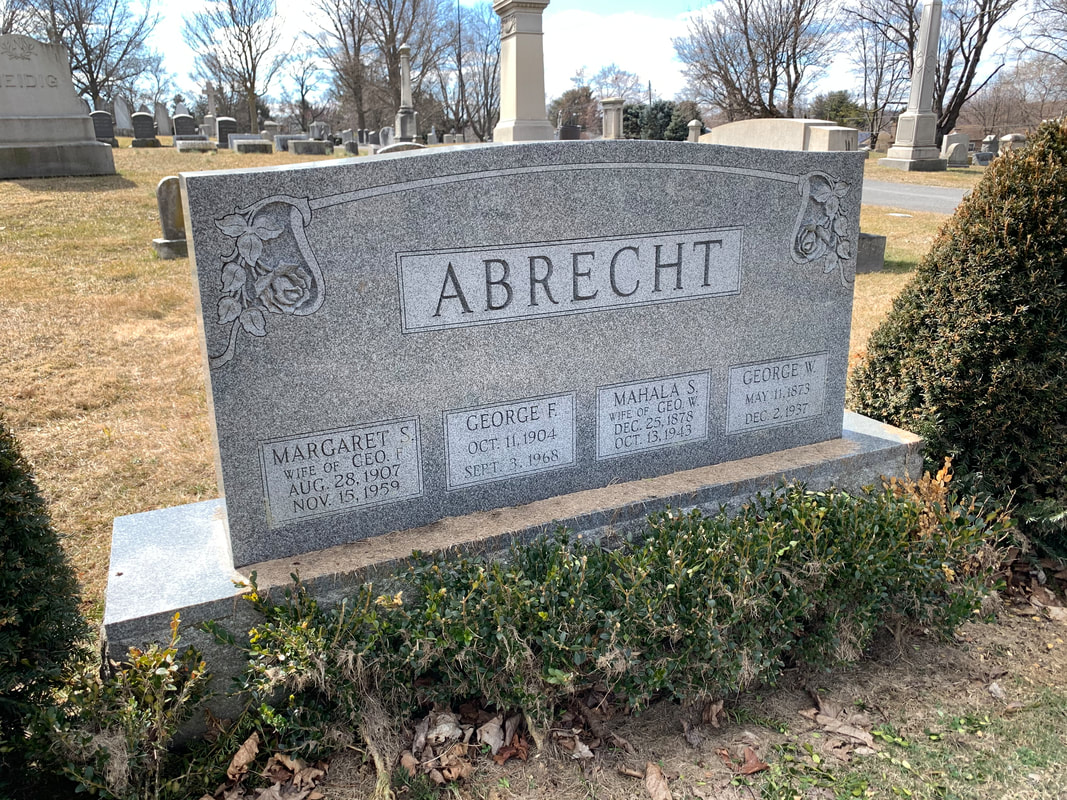

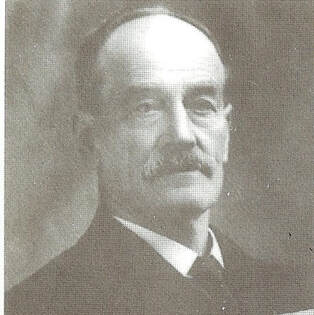











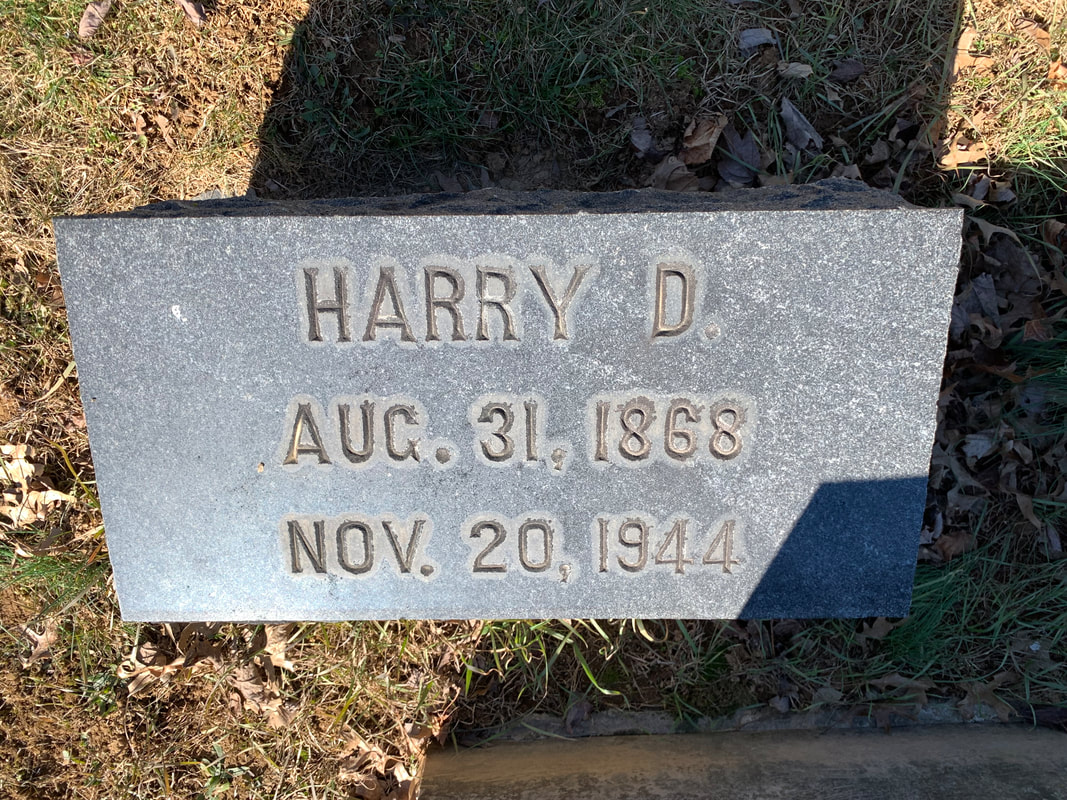
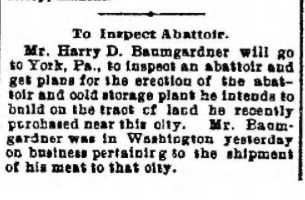
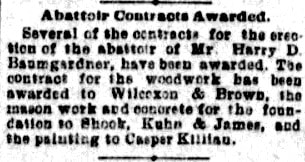
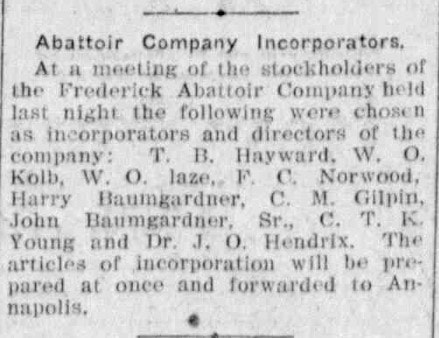









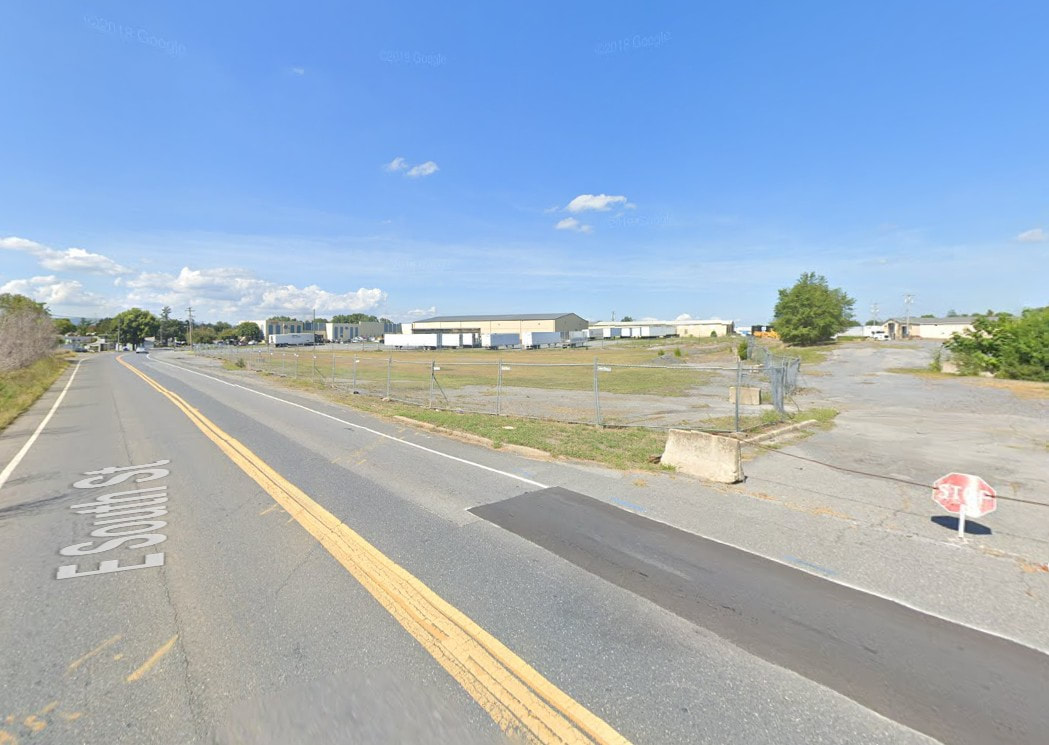

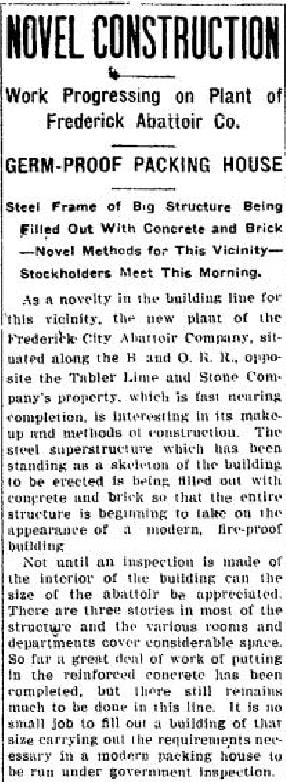


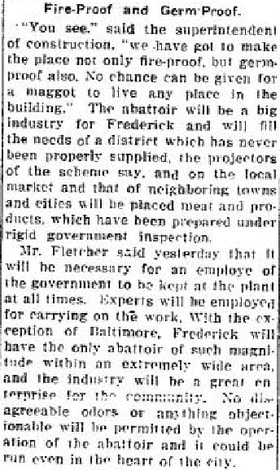
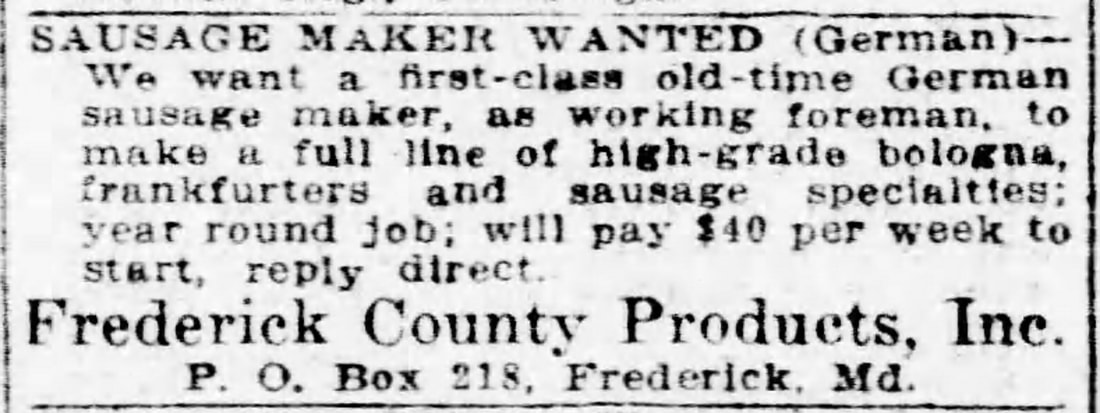

 RSS Feed
RSS Feed